50+ SAMPLE Wholesale Agreement
-
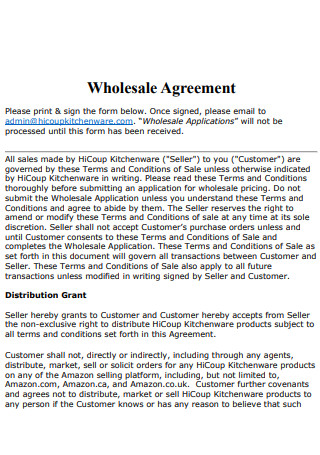
Wholesale Agreement
download now -
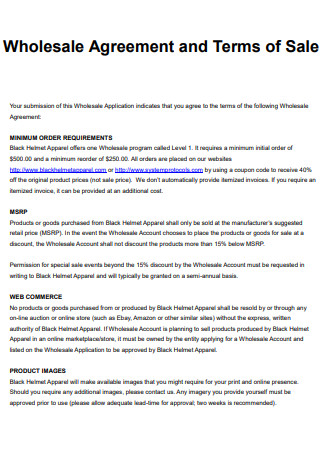
Wholesale Agreement and Terms of Sale
download now -
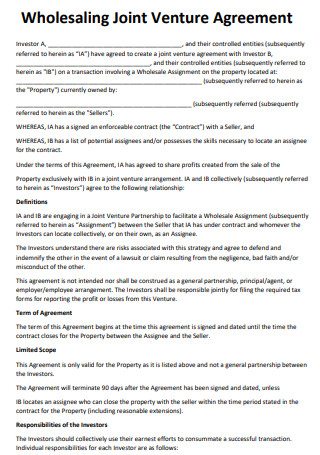
Wholesale Joint Venture Agreement
download now -
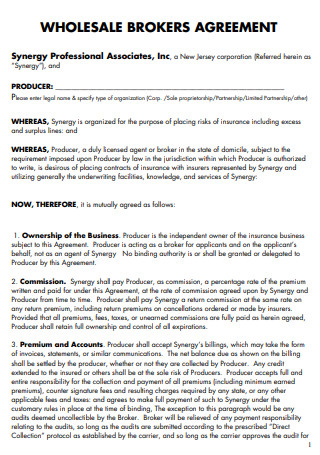
Wholesale Brokers Agreement
download now -
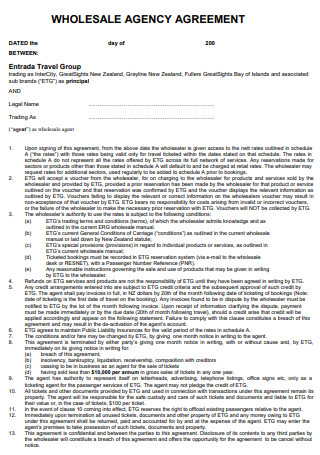
Wholesale Agency Agreement
download now -
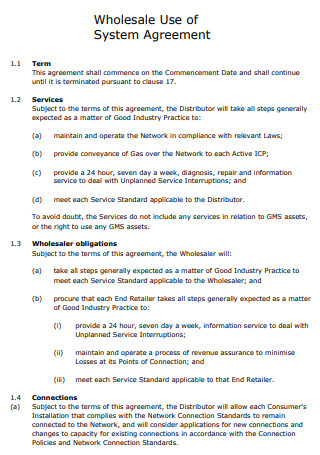
Wholesale Use of System Agreement
download now -
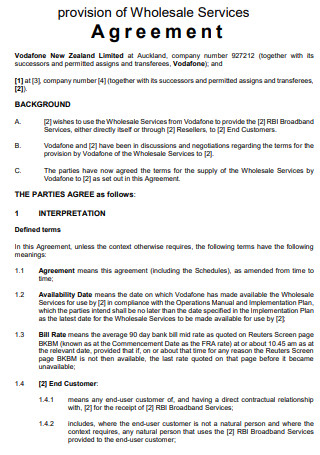
Provision of Wholesale Services Agreement
download now -
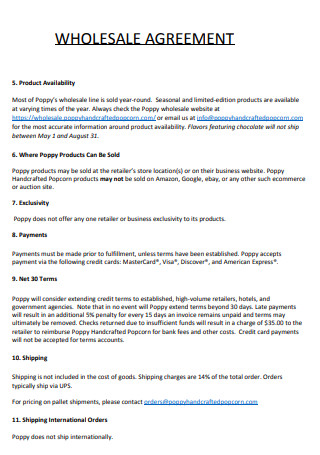
Handcrafted Wholesale Agreement
download now -
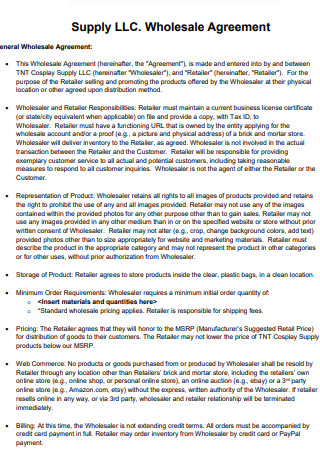
Supply Wholesale Agreement
download now -
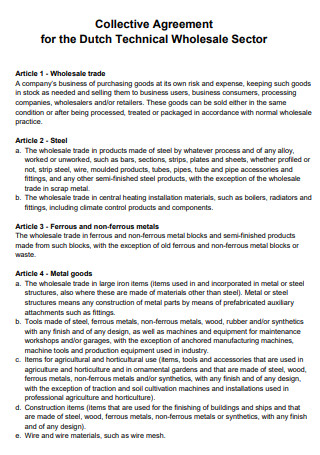
Technical Wholesale Collective Agreement
download now -
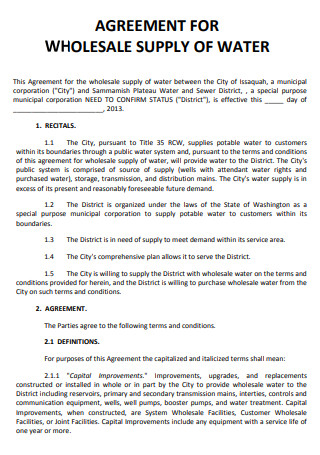
Wholesale Supply of Water Agreement
download now -
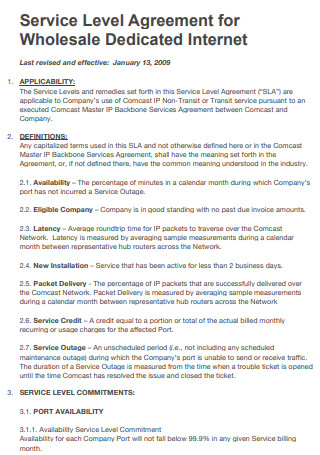
Wholesale Dedicated Service Level Agreement
download now -
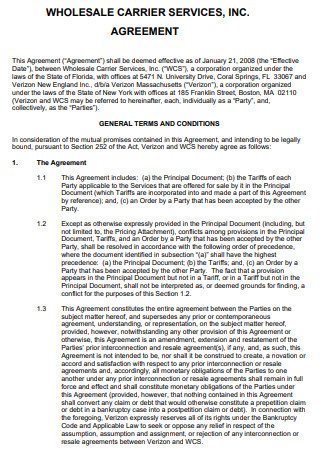
Wholesale Carrier Service Agreement
download now -
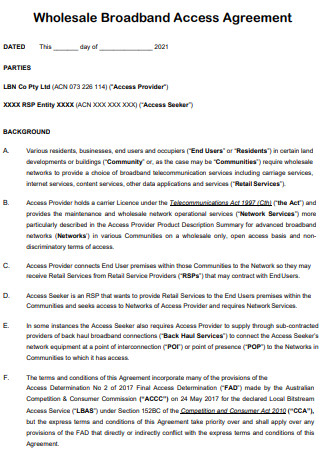
Wholesale Broadband Access Agreement
download now -
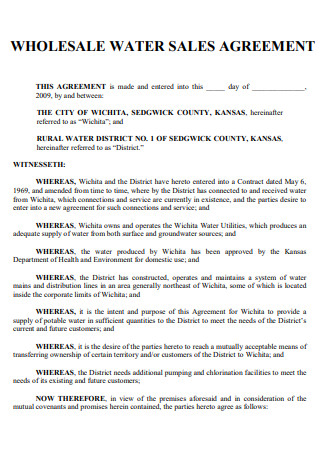
Wholesale Water Sales Agreement
download now -
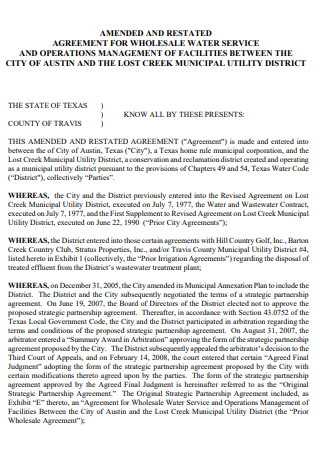
Restated Wholesale Agreement
download now -
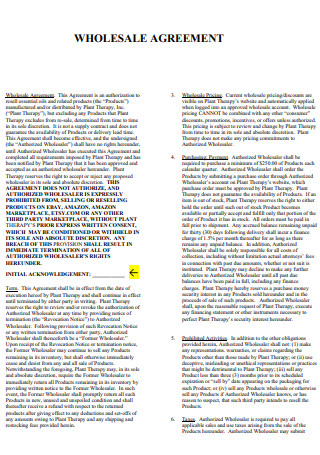
Plant Therapy Wholesale Agreement
download now -
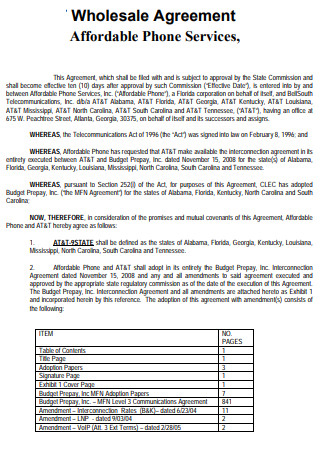
Affordable Phone Wholesale Agreement
download now -
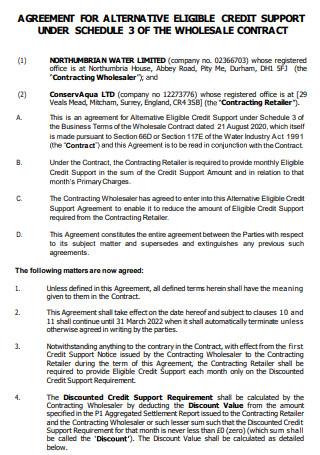
Alternative Credit Support Wholesale Agreement
download now -

Wholesale Roaming Resale Access Agreement
download now -

Wholesale Special Agreement Information
download now -
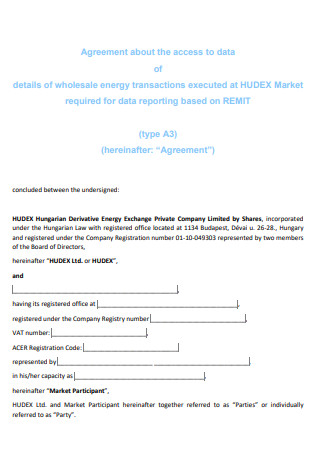
Wholesale Energy Transactions Agreement
download now -
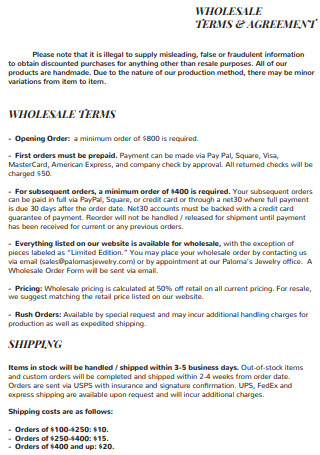
Wholesale Terms and Agreement
download now -
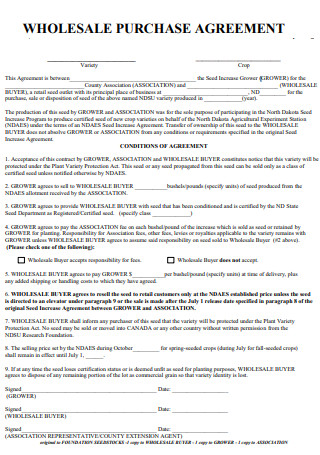
Wholesale Purchase Agreement
download now -
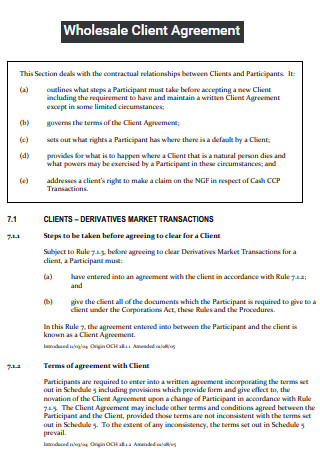
Wholesale Client Agreement
download now -

Terms of Business Wholesale Agreement
download now -
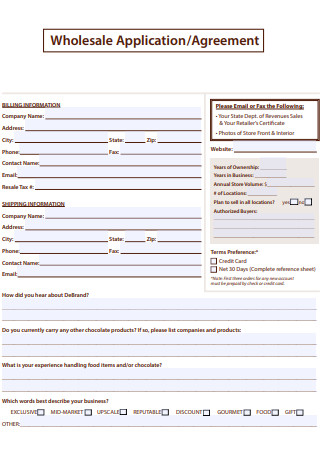
Wholesale Application Agreement
download now -

Wholesale Bulk Water Service Agreement
download now -
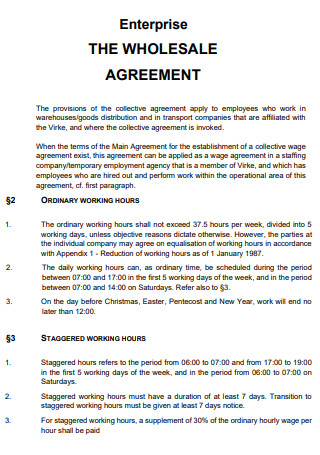
Enterprise Wholesale Agreement
download now -
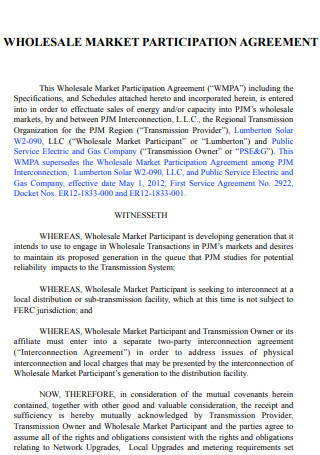
Wholesale Market Participation Agreement
download now -
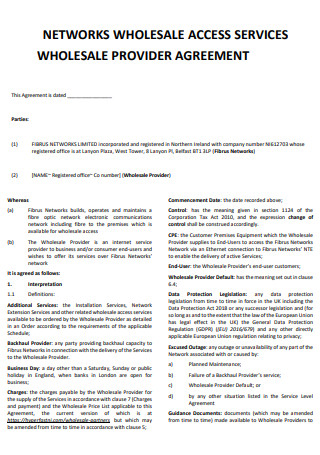
Wholesale Provider Agreement
download now -

Wholesale Distribution Agreement
download now -
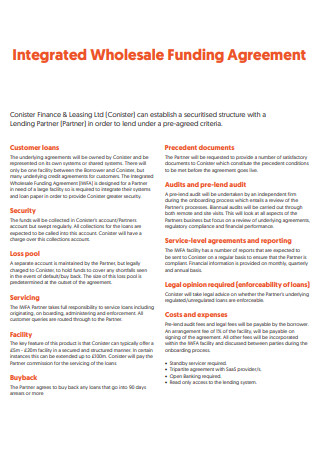
Integrated Wholesale Funding Agreement
download now -

Wholesale Distribution Service Agreement
download now -
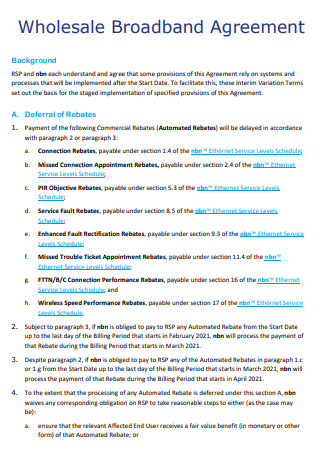
Wholesale Broadband Agreement
download now -
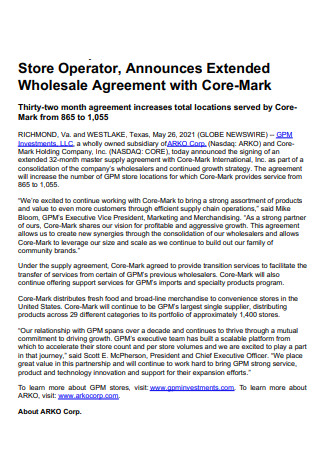
Core-Mark Wholesale Agreement
download now -

Coffee Wholesale Agreement
download now -
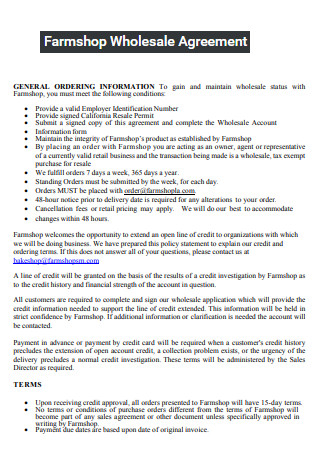
Farmshop Wholesale Agreement
download now -
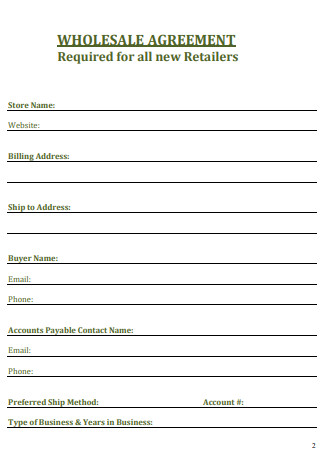
New Retailers Wholesale Agreement
download now -

Wholesale Customer Agreement
download now -
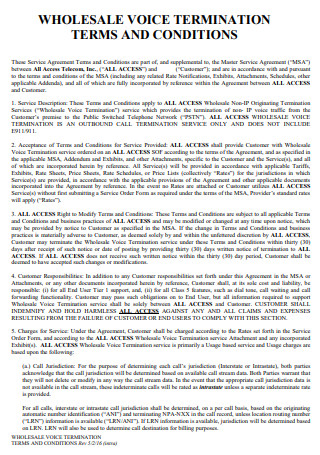
Wholesale Voice Termination Agreement
download now -
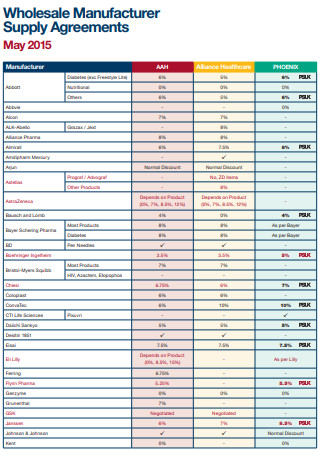
Wholesale Manufacturer Supply Agreements
download now -
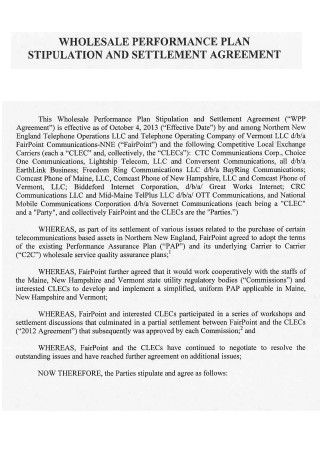
Wholesale Stipulation and Settlement Agreement
download now -
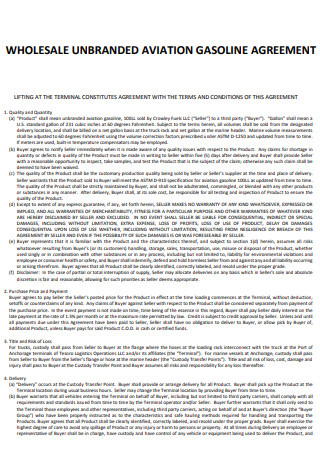
Wholesale Unbranded Agreement
download now -
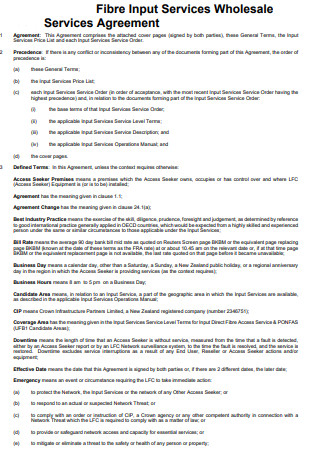
Fibre Input Services Wholesale Agreement
download now -
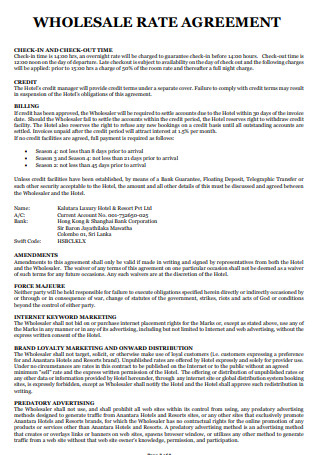
Wholesale Rate Agreement
download now -
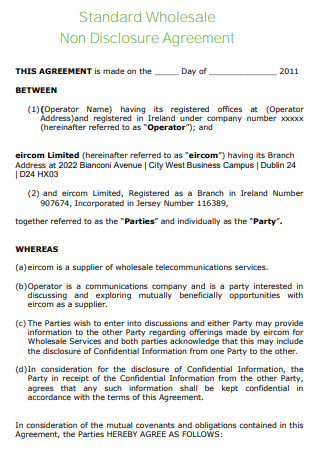
Wholesale Non Disclosure Agreement
download now -
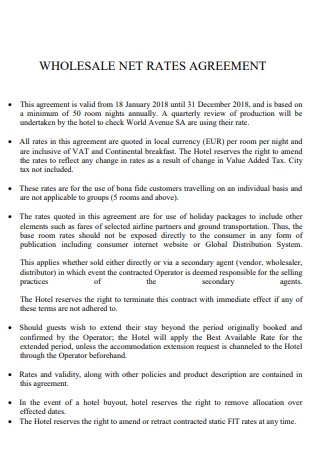
Wholesale Net Rates Agreement
download now -
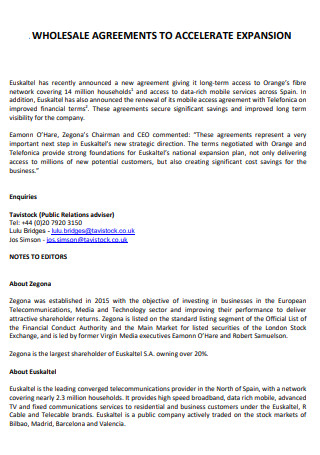
Wholesale Agreement to Accelerate Expansion
download now -
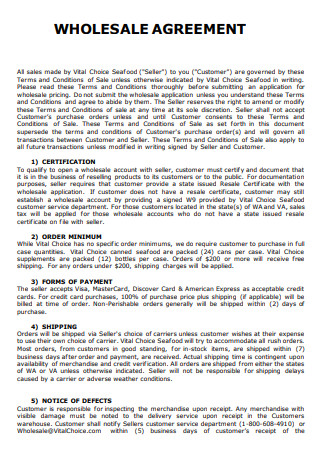
Sample Wholesale Agreement
download now -
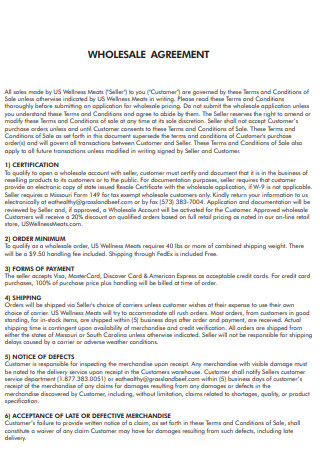
Wholesale Agreement Example
download now
What Is a Wholesale Agreement?
A wholesale agreement is a legally binding document that defines the terms and conditions, rights, and responsibilities of the involved parties. The document details instances of one party providing and supplying wholesale goods to another organization. If a company plans to sell products on a wholesale basis, creating a wholesale agreement is the best bet. Having a wholesale agreement in place guarantees that both parties are in agreement with the terms and provisions in the document. It must also minimize the chances of conflicts and misunderstandings and protect the business on the occasion that something goes wrong. There are two different types of wholesale agreements present in the business world. An exclusive wholesale agreement happens when a supplier and buyer agree that they cannot negotiate and engage in other wholesalers or distributors within an area. Meanwhile, the non-exclusive wholesale agreement allows a buyer to buy from other wholesalers, and sellers can accommodate other consumers. Each document is essential to forming harmonious relationships between wholesalers and buyers by ensuring that both parties understand and uphold their obligations.
According to the National Association of Wholesaler-Distributors regarding the state of the wholesale distribution industry, the total wholesale distribution in 2020 has an estimated revenue of over 5.824 trillion US dollars worth of goods over the year. It shows a decline of 4.3 percent from the previous year that has a value of 6.088 trillion US dollars.
Types of Wholesaler
There are various types of wholesaling methods and wholesale businesses. While some of them focus on distribution, others are more on the lines of profitability. These wholesalers fall into three main categories with their subcategories. The section below details different types of wholesale and wholesalers.
Components of a Wholesale Agreement
There are several things to consider when writing a wholesale agreement. The effectiveness of the document relies on the contents and guarantees that a company indicates all the right statements for it to be fully functional. Below are the essential components that must be present in a wholesale agreement with their corresponding descriptions.
How To Write a Wholesale Agreement
Wholesaling is a great way to generate revenue for the business, whether it is through selling to retailers or selling products in bulk at a discounted price. Before sealing a wholesale deal with a buyer, consider various factors that can influence the manufacturing and production price of products you are offering. Below are the necessary steps in writing a wholesale agreement for your business.
-
1. Research Your Target Market
For a company to price its goods effectively and competitively, the first step is to conduct a market and industry competitor analysis to guarantee that the products you offer are within pricing parameters for the target demographic. It gives the company the advantage and position to sell wholesale products to retailers. It is also essential to collect all sales reports and figures, utilizing them during client negotiations and product presentations to guarantee the viability and value of products and demonstrate consumer demand and needs.
-
2. Set a Price Structure for Wholesale Products
When selling to retailers and resellers, they are already expecting that the prices are half the standard retail price. They do it so they can adjust markup prices for the products to make a profit. For the wholesaler to also gain revenue, the manufacturing and production expenses must be below the wholesale price you offer. It is also advisable to write overhead costs, staffing expenses, and all other investments for each item for a comprehensive price structure.
-
3. Determine the Minimum Number of Orders
Wholesale becomes profitable when companies sell in bulks. You must set a minimum amount of products that retailers and suppliers buy from the company before securing the deal. Identifying these figures before negotiations will keep you on the budget plan, financial projections, and business plans.
-
4. Draw up the Contractual Arrangement
It is advantageous to have a draft agreement already in place before proceeding with the wholesale deal. Ensure that the contract covers necessary costs, terms, and specifications. The key elements of the wholesale agreement include delivery terms, order amount, pricing, and payment terms. When writing the agreement, ensure that you have a contract attorney to help you to review and write up the document to guarantee that the agreement covers all the necessary items, including legal protections and provisions.
FAQs
What is a retailer agreement?
A retailer agreement details the information, terms, and condition between the relationship of a wholesaler and retailer. It contains essential details of a transaction between the two parties.
What is a distributor contract?
A distribution contract or distribution agreement is an arrangement between a supplier that sells its products to another company that promotes and markets the products for purchase.
Do you need a wholesale agreement?
Engaging in a wholesale agreement is a long-term investment for the business. With the help of competent lawyers, a company can get the best deals out of transactions.
Creating the wholesale agreement gives the best deals for a wholesaler and buyer while providing a sense of security when it comes to payments. The wholesale agreement also limits the liability and protects the company from risks, especially with bulk orders from clients. It is better to have a proper document to list down all the terms and conditions of an arrangement. Download an example of a wholesale agreement you can use for your negotiations with buyers or suppliers. The article contains 50+ SAMPLE Wholesale Agreements in PDF.
